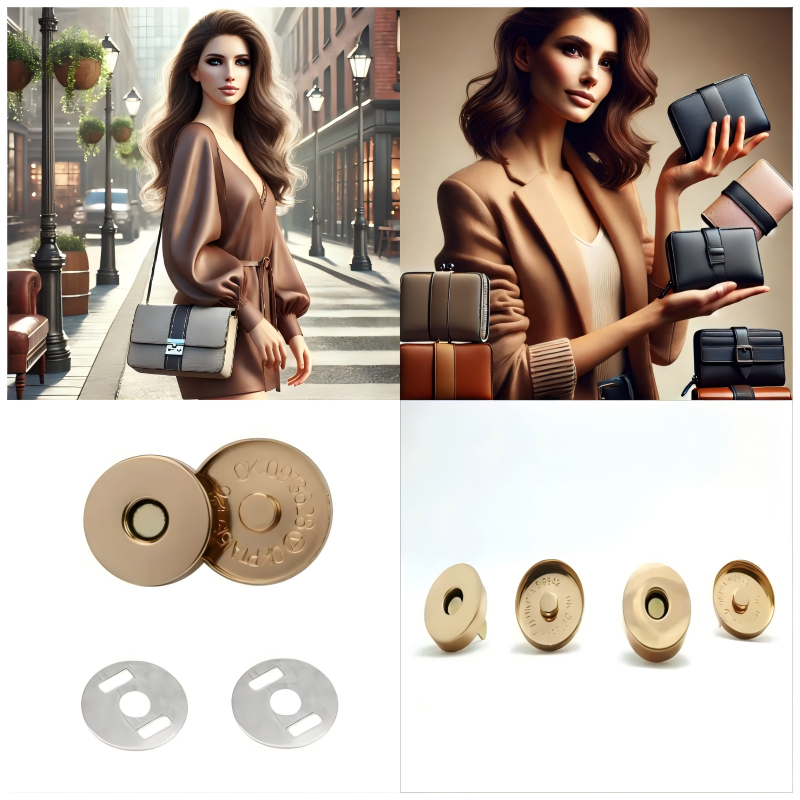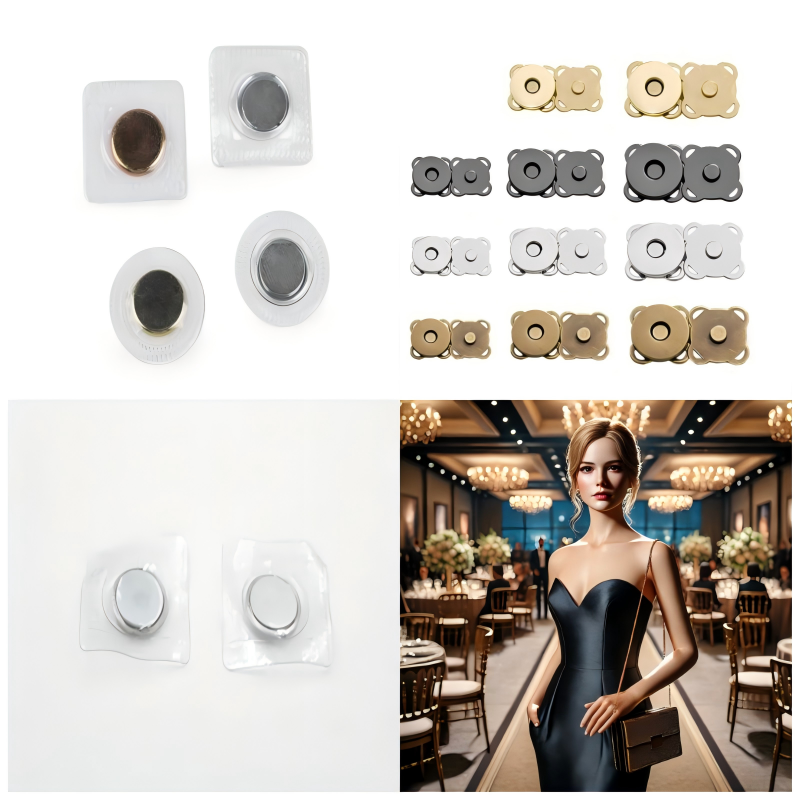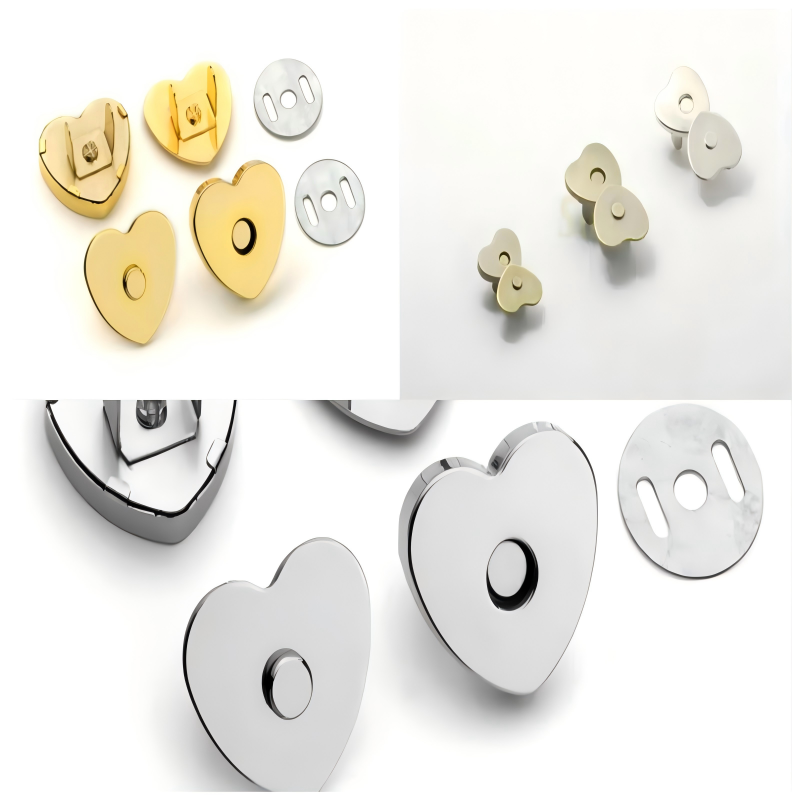OEM Magnetic Button Manufacturers and Suppliers – High-Quality Magnetic Button Factory
OEM Magnetic Button Manufacturers and Suppliers – High-Quality Magnetic Button Factory
Premium Magnetic Buttons for Diverse Applications
As a leading OEM magnetic button manufacturer and supplier, we specialize in producing high-performance magnetic buttons for fashion, electronics, industrial equipment, and consumer goods. Our factory utilizes advanced magnetic production processes to ensure durability, precision, and superior magnetic strength.
Whether you need custom designs, bulk orders, or specialized coatings, our magnetic button factory delivers reliable solutions tailored to your requirements.




How Are Magnetic Buttons Produced?
Magnetic buttons consist of two key components: a magnet (typically neodymium, ferrite, or samarium-cobalt) and a metal casing (stainless steel, zinc alloy, or nickel-plated iron). The production process involves magnet manufacturing followed by assembly into functional buttons.
Below is a detailed breakdown of the magnetic button production process, aligned with industry-standard manufacturing stages:
1. Front-End Magnetic Production Process
① Material Preparation
Raw materials (neodymium, iron, boron, etc.) are selected and purified.
Alloy composition is precisely measured for optimal magnetic properties.
② Melting
The alloy mixture is melted in a vacuum induction furnace to form an ingot.
Rapid cooling ensures a fine-grained structure for better magnetic performance.
③ Hydrogen Decrepitation (HD)
The ingot is exposed to hydrogen gas, causing it to break into smaller particles.
This step enhances the material’s reactivity for the next phase.
④ Jet Milling
The hydrogen-decrepitated powder is further refined into micron-sized particles.
Uniform particle size ensures consistent magnetic strength.
⑤ Pressing
The powder is compacted in a mold under high pressure (isostatic or die pressing).
A magnetic field is applied to align particles for maximum magnetization.
⑥ Heat Treatment (Sintering)
The pressed "green" magnets are sintered at high temperatures (900–1100°C).
This fuses particles into a solid, dense magnet blank.
2. Magnetic Blank Processing (Back-End)
⑦ Machining
The sintered magnet blank is cut, drilled, or ground into precise button shapes.
CNC machines ensure tight tolerances for perfect fit and function.
⑧ Grain Boundary Diffusion (Optional for High-Performance Magnets)
Rare-earth elements (e.g., dysprosium) are diffused into the magnet surface.
Enhances coercivity (resistance to demagnetization) for extreme environments.
⑨ Surface Treatment*
Coating options include nickel, zinc, epoxy, or gold plating for corrosion resistance.
Ensures durability against moisture, friction, and chemical exposure.
⑩ Magnetizing
The finished magnets are exposed to a strong electromagnetic field.
This aligns the magnetic domains, activating their pull force.
⑪ Packaging
Magnets are inspected, tested for strength, and packed securely.
Anti-magnetic shielding may be used for safe shipping.
3. Magnetic Button Assembly
The magnet is inserted into a metal or plastic casing.
A matching counterpart (ferromagnetic metal or another magnet) is attached.
Buttons undergo pull-force testing and quality checks before final packaging.
Why Choose Our Magnetic Button Factory?
✔ Custom Solutions – Tailored sizes, coatings, and magnetic strengths.
✔ High-Performance Magnets – Neodymium (NdFeB), ferrite, and AlNiCo options.
✔ Durable Finishes – Corrosion-resistant plating for long-lasting use.
✔ OEM/ODM Support – Design assistance, prototyping, and bulk manufacturing.
✔ Strict Quality Control – ISO-certified processes with rigorous testing.
Applications of Magnetic Buttons
Fashion & Apparel – Jackets, bags, and accessories.
Electronics – Smartphone cases, magnetic clasps.
Industrial Equipment – Secure fastening in machinery.



